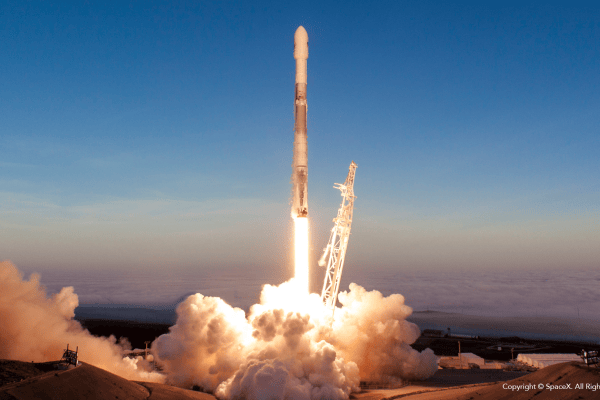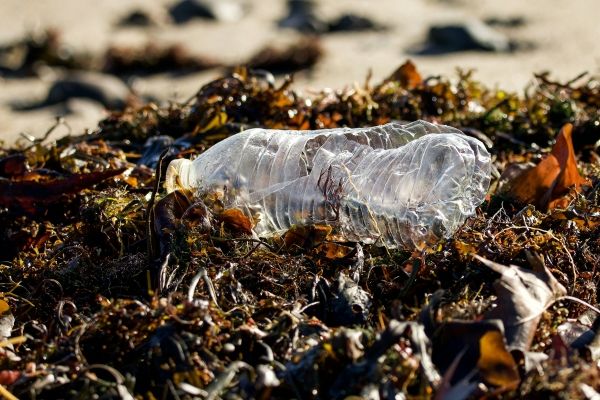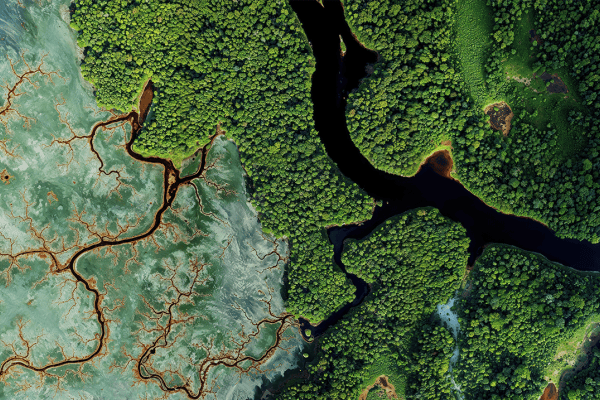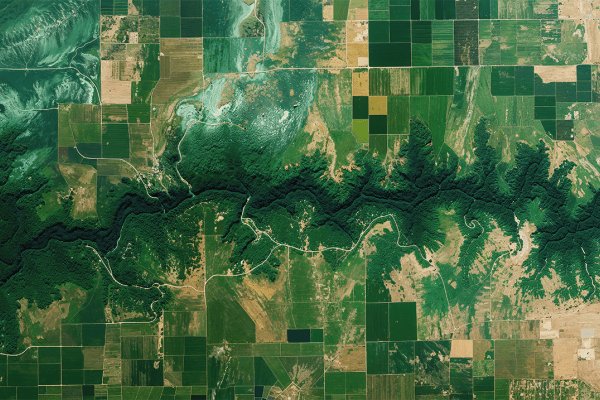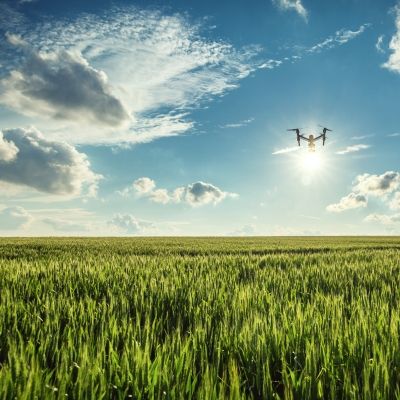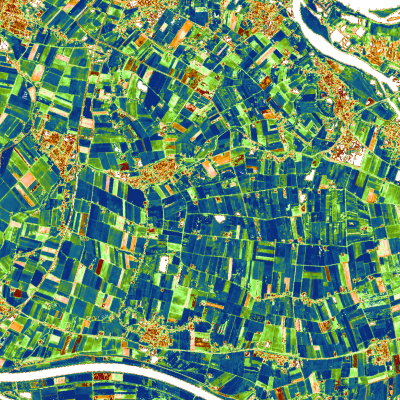From Prototype to Operational Service: Expansion and Upgrade of EU Grassland Watch
Grasslands are important for the maintenance of biodiversity and food production, and also affect ecological processes such as pollination, water regulation, carbon sequestration, and climate regulation on scales ranging from local landscapes to the entire globe. They represent complex and varied habitats covering a significant area of the EU and one of the largest biomes on Earth covering about one-third of the Earth’s terrestrial surface and 70% of the global agricultural area.
For almost half a century the Member States of the European Union (EU) have been working to fight biodiversity loss. The European Commission adopted the Birds and Habitats Directives in 1979 and 1992 respectively. Central to these Directives is the Natura 2000 network that protects the core sites hosting rare and threatened species and natural habitats.
The EU’s Biodiversity Strategy (BDS) for 2030 outlines a comprehensive, ambitious, and long-term plan to protect nature and reverse the degradation of ecosystems and responds to an alarming loss of natural capital that undermines our wellbeing and prosperity. To ensure that the BDS 2030 is successful, the Nature Restoration Law will set binding targets on pollinators, wetlands, rivers, forests, marine ecosystems, urban areas, and peatlands. The aim is to achieve continuous, long-term and sustained recovery of biodiverse land and marine areas and boost climate change mitigation and adaptation through restoration.
In 2019, the Copernicus for Natura 2000, or COP4N2K, project was funded by the European Parliament’s program for 'EP Pilot projects' as a first step in developing consistent and effective Natura 2000 monitoring services specifically for grasslands. The project resulted in the development of an EO-data processing and analytical workflow which generated maps and indicators for selected sites and provided access via a prototype EU Grassland Watch platform. The platform was designed to support site managers, national representatives, European Commission staff, and the general public in the monitoring and reporting of Natura 2000 sites dominated by grassland.
From prototype to operational service
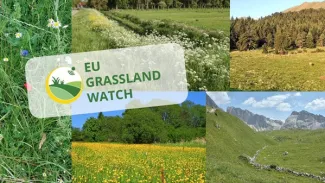
Photo Credits: Peter van der Sluijs, Anne Burgess, Roman Zázvorka, Jordi Gili, Wolfgang Moroder
A team has been selected, consisting of partners from COP4N2K, to update and expand the current prototype to become a fully operational EU Grassland Watch (EUGW) service.
The updated service will be:
- More user-driven with a stronger stakeholder engagement and a user community that are closely involved in the developments.
- More comprehensive by including additional Natura 2000 sites and providing more thematic detail.
- More flexible and able to manage the incorporation of newly designated sites or the change of boundaries of existing sites.
- More informative / relevant by evolving from technical indices to more interpretable information and insights, e.g., “what is the impact on the environment”.
- More accessible through a user-friendly interface with greater flexibility for the user to “ask for results”, e.g., by specifying a region of interest or a specific time interval.
- More effective in terms of time and cost allowing faster access to data and information while reducing latency issues related to web service display and data storage.
- More transparent so that the quality of the results, and the information provided are made more explicit.
- More integrated with Copernicus Land Monitoring Service products thus avoiding duplication of effort and increasing consistency.
VITO Remote Sensing's main role will be to ensure the efficient implementation of the EU Grassland Watch processing chains through openEO. Additionally, VITO will work on integrating these chains with the existing products of the Copernicus Land Monitoring Service, including the suite of High-Resolution Vegetation Phenology Productivity Products.
As the project picks up speed there will be a range of user engagement activities from promotional events to evaluation and training sessions, as well as thematic consultation workshops, beginning with an EUGW launch event in Brussels on 12 September 2023.
Stay up to date
Follow us on X: @EU_Grasslands
Or subscribe to our mailing list: https://bit.ly/EUGW-friends.

The funding for this project was initiated by the European Parliament through the use of pilot projects and preparatory actions (PP/PAs), a mechanism within the EU budget that allows the proposal and testing of new policy initiatives, providing the necessary funding in advance of a legal basis being established.

